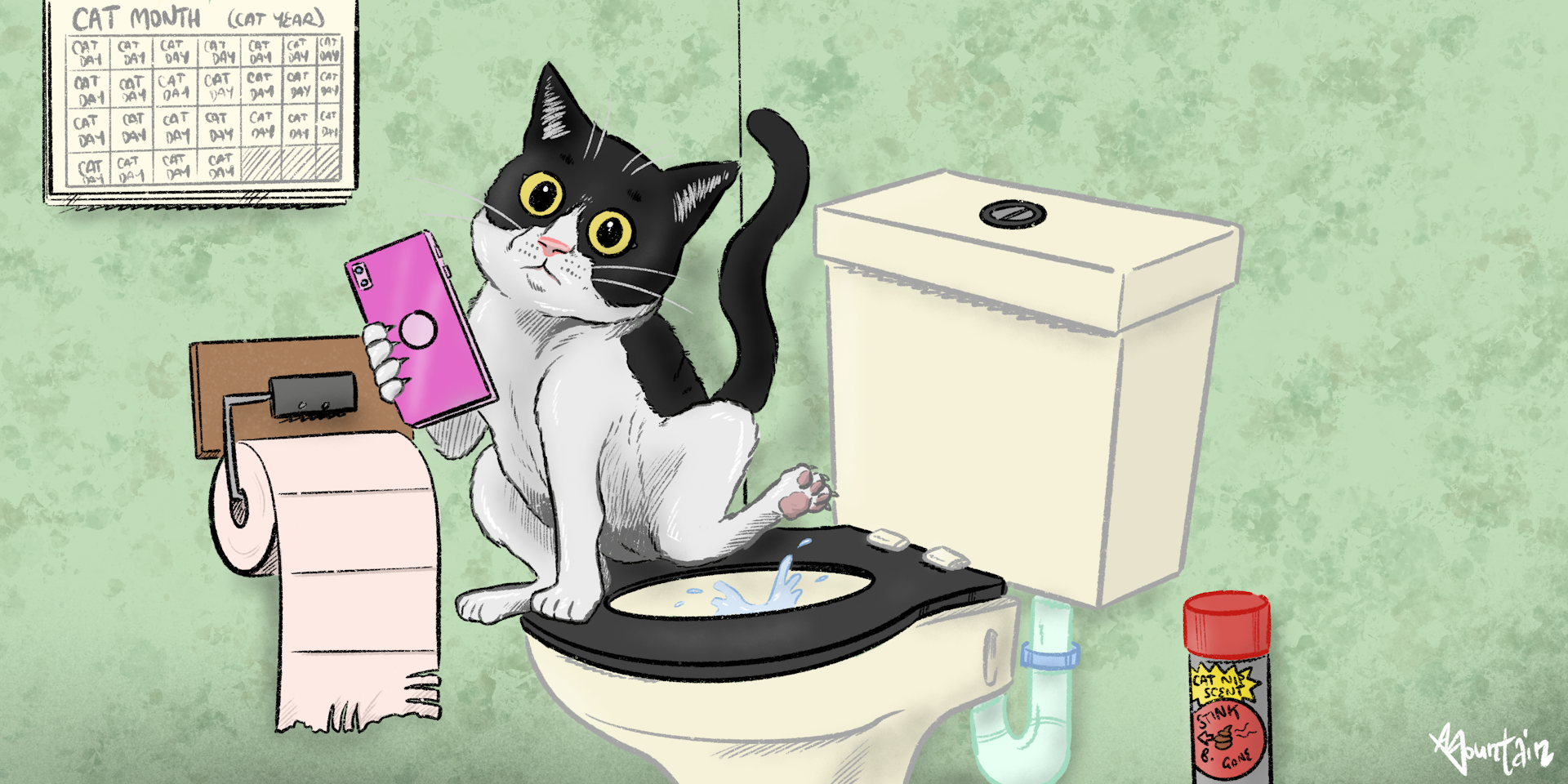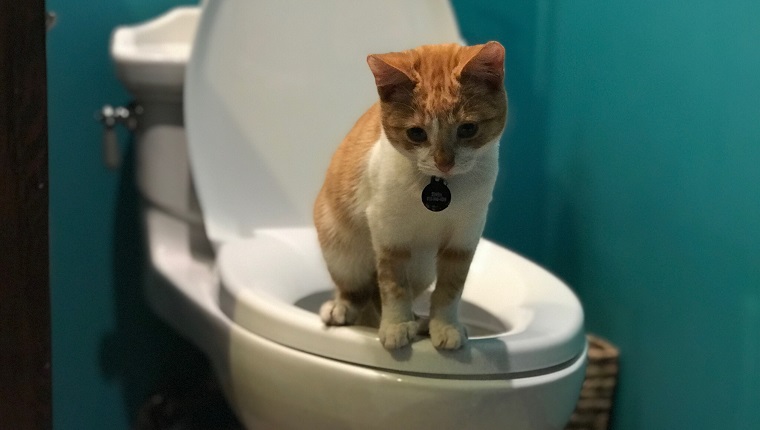Reasons You Should Avoid Flush Cat Poop Down Your Toilet - Important Facts
Reasons You Should Avoid Flush Cat Poop Down Your Toilet - Important Facts
Blog Article
This post below in relation to Can You Flush Cat Poop Down The Toilet? is relatively remarkable. You should read it.

Intro
As cat owners, it's vital to be mindful of just how we deal with our feline good friends' waste. While it might appear convenient to purge pet cat poop down the commode, this technique can have detrimental consequences for both the environment and human health.
Ecological Impact
Flushing pet cat poop presents damaging pathogens and parasites into the water, presenting a significant threat to water environments. These contaminants can adversely impact aquatic life and compromise water high quality.
Wellness Risks
In addition to ecological issues, purging cat waste can likewise position wellness risks to people. Pet cat feces may include Toxoplasma gondii, a bloodsucker that can trigger toxoplasmosis-- a possibly extreme illness, especially for expectant females and individuals with damaged body immune systems.
Alternatives to Flushing
Fortunately, there are safer and much more accountable means to dispose of cat poop. Consider the complying with options:
1. Scoop and Dispose in Trash
The most usual approach of taking care of pet cat poop is to scoop it right into an eco-friendly bag and toss it in the trash. Make sure to utilize a devoted litter inside story and take care of the waste without delay.
2. Usage Biodegradable Litter
Opt for eco-friendly feline litter made from products such as corn or wheat. These trashes are environmentally friendly and can be securely thrown away in the trash.
3. Hide in the Yard
If you have a yard, take into consideration burying cat waste in an assigned area far from vegetable yards and water sources. Make certain to dig deep enough to stop contamination of groundwater.
4. Mount a Pet Waste Disposal System
Invest in a family pet waste disposal system particularly made for cat waste. These systems utilize enzymes to break down the waste, reducing smell and ecological impact.
Conclusion
Accountable pet dog ownership prolongs past giving food and shelter-- it also includes appropriate waste management. By refraining from flushing cat poop down the bathroom and choosing alternate disposal approaches, we can decrease our ecological impact and shield human wellness.
Why Can’t I Flush Cat Poop?
It Spreads a Parasite
Cats are frequently infected with a parasite called toxoplasma gondii. The parasite causes an infection called toxoplasmosis. It is usually harmless to cats. The parasite only uses cat poop as a host for its eggs. Otherwise, the cat’s immune system usually keeps the infection at low enough levels to maintain its own health. But it does not stop the develop of eggs. These eggs are tiny and surprisingly tough. They may survive for a year before they begin to grow. But that’s the problem.
Our wastewater system is not designed to deal with toxoplasmosis eggs. Instead, most eggs will flush from your toilet into sewers and wastewater management plants. After the sewage is treated for many other harmful things in it, it is typically released into local rivers, lakes, or oceans. Here, the toxoplasmosis eggs can find new hosts, including starfish, crabs, otters, and many other wildlife. For many, this is a significant risk to their health. Toxoplasmosis can also end up infecting water sources that are important for agriculture, which means our deer, pigs, and sheep can get infected too.
Is There Risk to Humans?
There can be a risk to human life from flushing cat poop down the toilet. If you do so, the parasites from your cat’s poop can end up in shellfish, game animals, or livestock. If this meat is then served raw or undercooked, the people who eat it can get sick.
In fact, according to the CDC, 40 million people in the United States are infected with toxoplasma gondii. They get it from exposure to infected seafood, or from some kind of cat poop contamination, like drinking from a stream that is contaminated or touching anything that has come into contact with cat poop. That includes just cleaning a cat litter box.
Most people who get infected with these parasites will not develop any symptoms. However, for pregnant women or for those with compromised immune systems, the parasite can cause severe health problems.
How to Handle Cat Poop
The best way to handle cat poop is actually to clean the box more often. The eggs that the parasite sheds will not become active until one to five days after the cat poops. That means that if you clean daily, you’re much less likely to come into direct contact with infectious eggs.
That said, always dispose of cat poop in the garbage and not down the toilet. Wash your hands before and after you clean the litter box, and bring the bag of poop right outside to your garbage bins.
https://trenchlesssolutionsusa.com/why-cant-i-flush-cat-poop/

As an avid reader on How to Dispose of Cat Poop and Litter Without Plastic Bags, I thought sharing that piece of content was appropriate. Sharing is caring. Helping people is fun. Thanks for your time. Don't hesitate to check our website back soon.
Click Here! Report this page